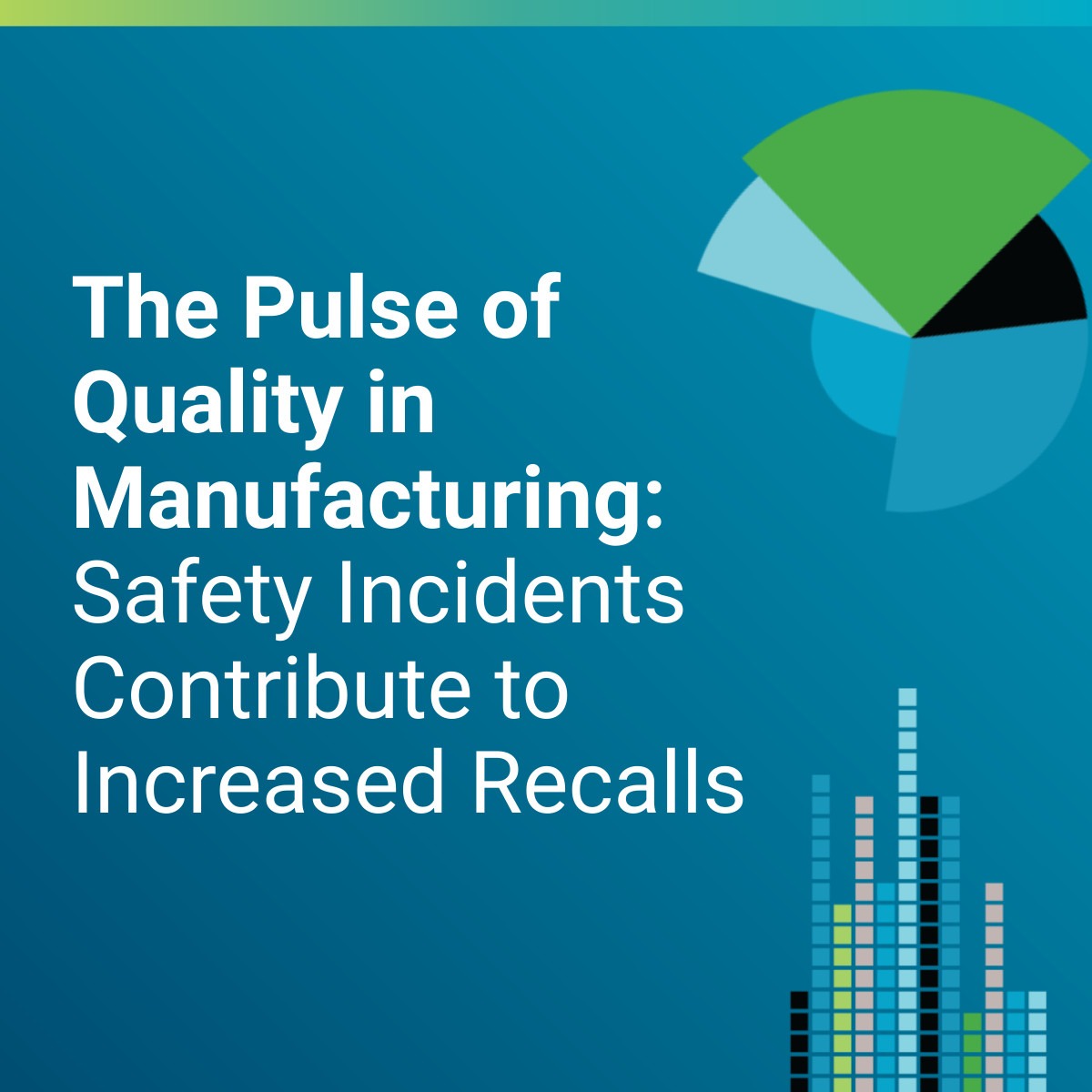Quality Assurance vs Quality Control: Key Differences
While some use the terms quality assurance (QA) and quality control (QC) interchangeably, they are, in fact, quite different. Both help produce quality products but have a different focus and occur at different points in the production cycle. This article explores the critical differences between quality assurance vs quality control and their role in quality management. It also discusses how technology can streamline your quality processes.
What is Quality Assurance (QA)?
Quality assurance is a proactive and systematic process that ensures products meet specific standards and requirements. QA prevents product or service defects.
Most companies have standard operating procedures (SOPs) detailing exact materials, assembly procedures, and testing protocols. Regular inspections and audits verify adherence to these standards. Any deviation triggers an investigation to find and correct the root cause.
These procedures are built upon The International Organization for Standardization (ISO) requirements. Specifically, ISO 9000 ensures manufacturing companies have an effective quality assurance system.
The goal of QA is to maintain a desired level of quality and safety by regularly monitoring processes. QA teams are involved in all product lifecycle stages, from development through production, testing, packaging, and delivery.
QA is systems-focused and aims to catch issues before they occur by monitoring and implementing process improvements within production environments. This goal ensures consistent quality, industry compliance, and customer satisfaction.
What is Quality Control (QC)?
Quality control is a reactive process—occurring during the inspection phase of production. It detects mistakes, errors, or missed requirements in a product. QC processes include the physical review and inspection of a product during production to ensure it meets expectations.
The goal of QC is to identify and fix defects as they occur. Quality control activities include:
- Inspections and audits to identify deviations from quality standards
- Testing and validation to ensure products meet specified quality criteria
- Data analysis to monitor and evaluate standards and processes against established control limits and tolerances
- Process monitoring to detect and address quality issues in real-time
- Customer feedback identifies areas for improvement to ensure the product meets customer expectations
Simply put, QC is product-focused and happens while products are in production.
Quality Assurance vs Quality Control: Understanding the Differences
The primary difference between QA vs QC is their objective. QA prevents quality failures and ensures that products or services meet specified requirements. Conversely, QC is about detecting and addressing mistakes and errors once they occur.
QA and QC are essential to the quality management process but serve different functions. There are three key differences between QA and QC:
1. Proactive vs. Reactive
Engaging in QA means adopting a proactive approach. The goal is to streamline processes to identify and address the source of issues and reduce the occurrence of defects. QC is a reactive process. It aims to detect and fix quality issues once identified.
2. Prevention vs. Detection
The goal of QA is to prevent issues within the production process. The primary processes include SOPs, audits, documentation, and software to standardize and streamline how to complete work. QC aims to detect issues or defects after they’ve occurred. The primary processes include inspections, product sampling, and audits.
3. Full lifecycle vs. Specialized
QA covers virtually all quality systems throughout the product development life cycle. QC processes only occur in the testing, inspection, and validation portion of the life cycle. QC can be considered a subset of QA activities.
The Importance of QA and QC in Quality Management
For organizations with high-quality standards, both QA and QC are vital. Here are a few specific examples of how your quality processes impact the overall business outcomes.
The Role of Quality Assurance:
- Customer satisfaction: Through QA, your products consistently align with or surpass your established standards, enhancing customer satisfaction and trust.
- Customer retention: QA ensures that your products are free from defects. Customers are more likely to be loyal to reliable and consistent brands.
- Trust: Effective QA practices protect and enhance your brand’s reputation, presenting your business as a trustworthy provider of high-quality products.
- Compliance: QA aids in meeting regulatory requirements, maintaining your competitive edge, and boosting customer confidence.
The Role of Quality Control:
- Defect prevention: With QC, early identification and correction of production issues and defects becomes possible. These measures significantly reduce the risk of costly recalls and rework.
- Cost reduction: QC results in less waste, lower production costs, and increased operational efficiency, collectively contributing to saving money and elevating profits.
- Compliance: Through QC, products consistently meet industry standards and compliance requirements, effectively preventing legal issues and avoiding extra costs.
- Reputation: By ensuring that the end product meets customer expectations, QC plays a crucial role in enhancing your brand’s reputation and increasing the likelihood of sales.
Making the Right Choice: QA, QC, or Both?
The discussion of quality assurance vs. quality control isn’t about which to choose. Both are necessary for effective quality management.
Ultimately, your needs depend on your organization, your lifecycle management processes, your products and services, and your standards for quality.
Rather than thinking about QA vs QC, consider quality management’s role within your organization. Quality management encompasses all activities and tasks required to maintain a specified level of excellence. These include quality assurance and quality control, which are integral parts of the process from end to end.
Building on our understanding of QA and QC, let’s explore how quality management software (QMS) can streamline these processes.
How Quality Management Software Simplifies QA and QC
Ensuring quality is not just a strategy; it’s the lifeblood of our organization. It drives every decision, fuels every action, and defines your business’s commitment to quality. An integrated QMS solution, like ETQ RelianceⓇ, can help organize, manage, and maintain quality across all aspects of your company.
Implementing a QMS supports both QA and QC efforts. This software enables standardization and monitoring through document control, compliance management, and audit management. It also facilitates employee training, audit trails, customer feedback, and more.
QMS solutions speed up time to market, reduce human error, enhance compliance, and improve your bottom line. If you’re considering a QMS solution or seeking expert quality help, we’re here to help. Schedule a consultation to get started on your quality journey today.



